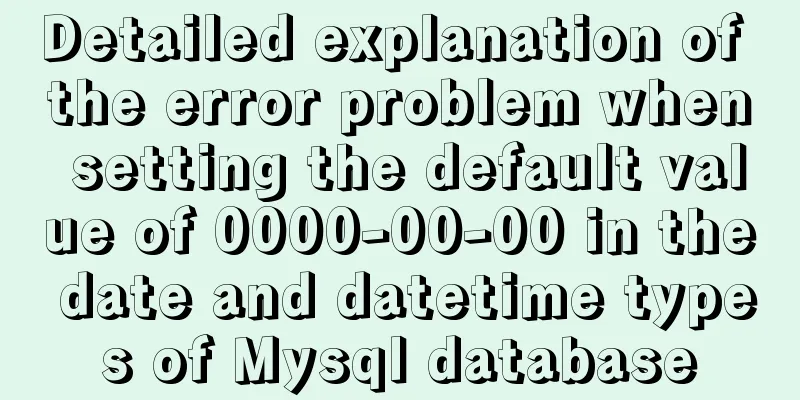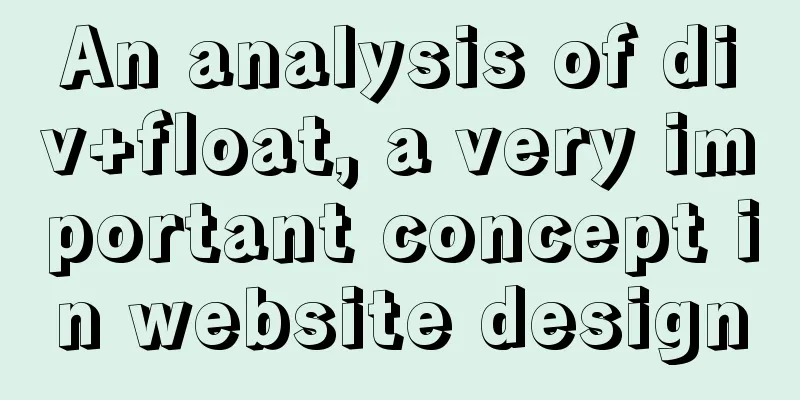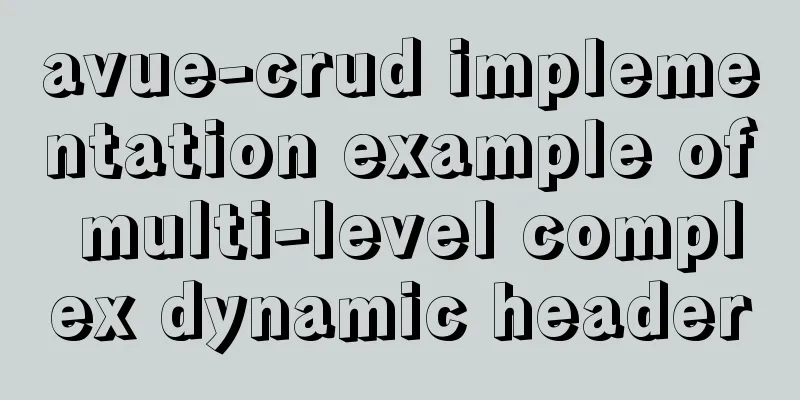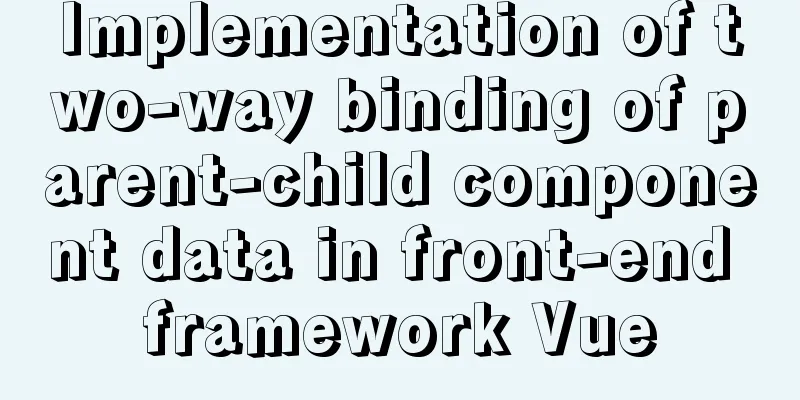What is the use of the enctype field when uploading files?

|
The enctype attribute of the FORM element specifies the encoding type used when the form data is submitted to the server. The default value is "application/x-www-form-urlencoded". This encoding method will urlencode the content before the form is sent. (Spaces are converted to "+", and special characters are converted to ASCII HEX values). For example, in the form field Fill in bb for firstname,, The result before sending is: bb+%2C%2C However, this encoding is inefficient when sending large amounts of text, text containing non-ASCII characters, or binary data to a server. When uploading files, the encoding type used should be "multipart/form-data", which can send both text data and binary data upload. The ENCTYPE attribute value of the <form> form on the browser side is multipart/form-data, which tells us that the transmitted data must use the multimedia transmission protocol. Since multimedia transmission involves large amounts of data, the uploaded file must be the post method, and the type attribute of <input> must be file. |
<<: Briefly describe the use and description of MySQL primary key and foreign key
>>: Get the calculated style in the CSS element (after cascading/final style)
Recommend
Solution to 700% CPU usage of Linux process that cannot be killed
Table of contents 1. Problem Discovery 2. View de...
CSS pseudo-class: empty makes me shine (example code)
Anyone who has read my articles recently knows th...
Detailed explanation of the Docker deployment tutorial for Jenkins beginners
This article deploys Jenkins+Maven+SVN+Tomcat thr...
Detailed explanation of the application of the four states of hyperconnection
Although you think it may be a browser problem, i...
Detailed explanation of Vue routing router
Table of contents Using routing plugins in a modu...
Docker Tutorial: Using Containers (Simple Example)
If you’re new to Docker, take a look at some of t...
Vue front-end development auxiliary function state management detailed example
Table of contents mapState mapGetters mapMutation...
Docker image import and export code examples
Import and export of Docker images This article i...
Two examples of using icons in Vue3
Table of contents 1. Use SVG 2. Use fontAwesome 3...
How to make a website front end elegant and attractive to users
The temperament of a web front-end website is a fe...
This article will help you thoroughly understand the specific use of cgroup in Docker
Table of contents What is cgroup Composition of c...
Life cycle and hook functions in Vue
Table of contents 1. What is the life cycle 2. Th...
Why should the number of rows in a single MySQL table not exceed 5 million?
Today, let’s discuss an interesting topic: How mu...
Introduction to MySQL MHA operation status monitoring
Table of contents 1. Project Description 1.1 Back...
Advantages and Problems of XHTML CSS Website Design
XHTML is the standard website design language cur...









